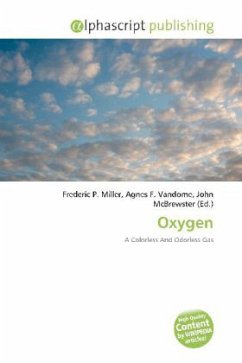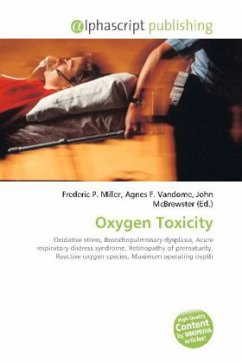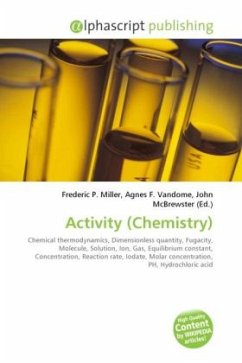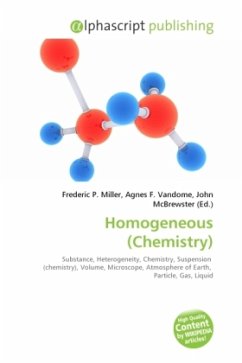An asphyxiant gas is a non-toxic or minimally toxic gas which dilutes or displaces the oxygen containing atmosphere, leading to death by asphyxiation if breathed long enough. Toxic gases in large enough concentrations to cause asphyxia lead to death by other mechanisms such as interaction with the respiratory system by competing with oxygen or causing direct damage. Because asphyxiant gases are relatively inert, their presence in large quantities may not be noticed until the effects of elevated blood carbon dioxide are recognized by the body. Asphyxiation is not an intrinsic gas property, but arises from its ability to cause death by asphyxiation without causing other symptoms. Notable examples of asphyxiant gases are nitrogen, argon, and helium. The earth's atmosphere is made of 79% asphyxiant gases, and 21% oxygen. This is an example of how all safe, breathable atmospheres are made up of a high enough concentration of oxygen together with at least one asphyxiant gas







